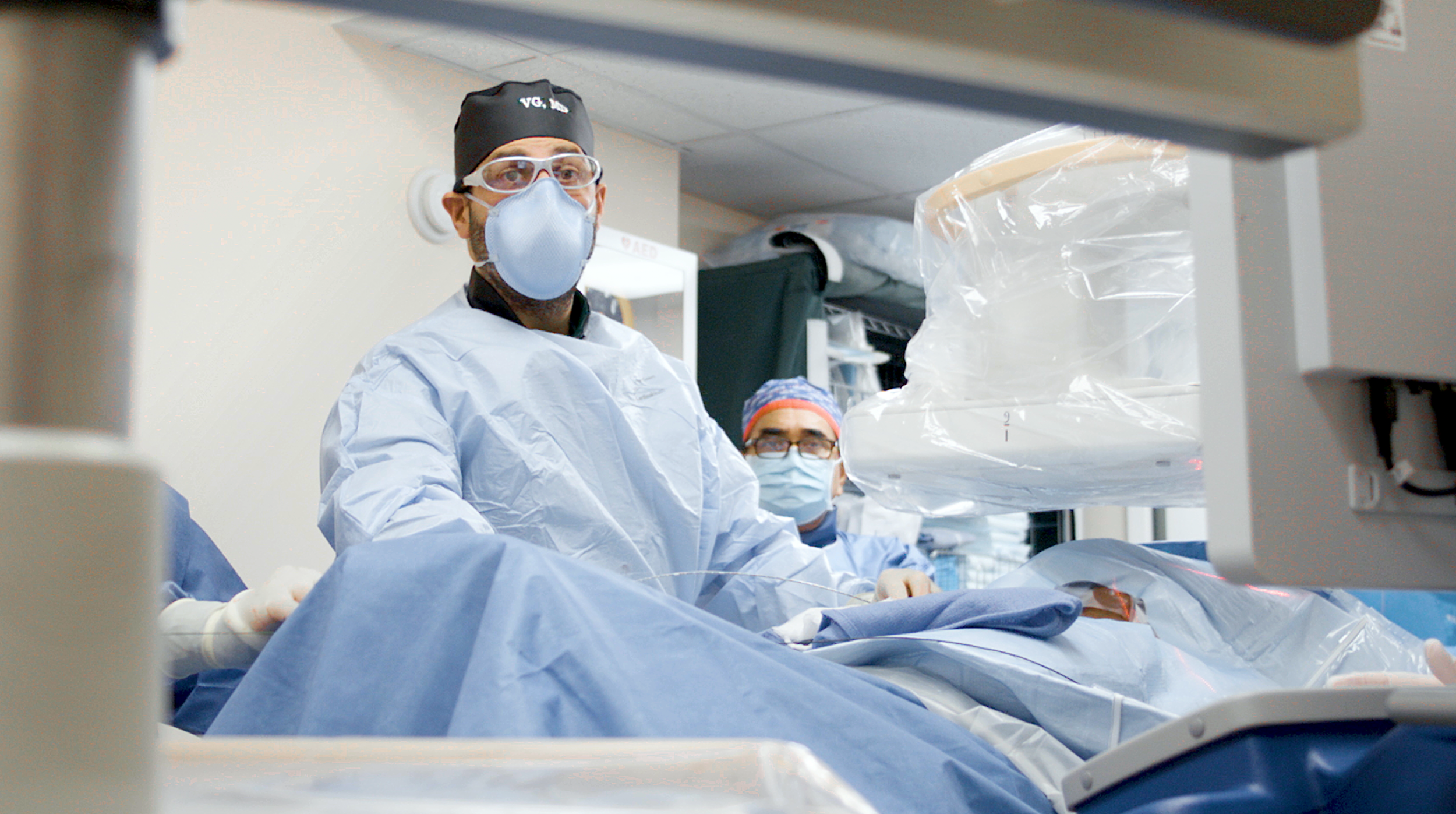

How to take care of chronic wounds
A skin ulcer is a break in the skin that usually doesn’t heal on its own, often leading to infections. A wound may become chronic if it fails to heal within several weeks or months after an injury. Don’t wait for signs of infection, including redness, swelling, and pain. Instead, take action at the first sign of any abnormality in the wound’s condition or appearance. If you have diabetes or poor circulation, your risk of developing chronic wounds is increased because these conditions make it harder for wounds to heal. That means you need to be especially vigilant about checking your feet carefully every day for injuries and problems such as sores or blisters.
Cleaning Wounds
Use mild soap and water when cleaning wounds that are only mildly moist. If the wound is severely moist, soak it in saline or hydrogen peroxide for five minutes to remove dirt and dried blood before soaping. Use a soft washcloth or cotton swab with one of these cleansing solutions to gently remove matter that isn’t stuck into the wound. Dry the wound completely after washing with mild soap and water by patting with clean gauze pads or paper towels.
Don’t use antiseptic cleaners on wounds because they may irritate them. You can cover mildly moist wounds with adhesive bandages, but don’t try to close more serious cuts yourself using tape or butterfly bandages since this may trap infectious material inside the injury leading to an infection. Seek medical attention for deep cuts (more than two inches long) and for puncture wounds.
Covering Wounds
Cover your wound with a clean, dry bandage after cleaning and drying it. If necessary to protect the injury from water or other irritants, use an adhesive bandage strip or small tubular gauze pad before applying any type. Change bandages daily if the wound becomes moist because dirty coverings may cause infections. To keep hair from getting tangled in a cut or dressing, put petroleum jelly on it before covering the wound. Remove all rings that could get caught in a covered wound because they may prevent the circulation of blood to the injured area and lead to tissue damage and infection.
Treating Infections
Wash your hands well before touching a chronic (nonhealing) wound because bacteria from your hands could enter the injury and cause an infection. If you detect any redness, swelling, or pain around a wound that fails to heal within two weeks of the original injury, seek medical attention immediately even if it doesn’t have signs of being infected. Symptoms of chronic infection may include foul-smelling discharge, increased warmth on one side of the injured skin, and fever.
Preventing Infections
Wash all wounds with mild soap and water as soon as possible after they occur to prevent infections from setting in. If you have diabetes, poor circulation, or another condition that makes it hard for you to heal from injuries, ask your doctor about using special wound dressings designed for dangerously ill patients, such as an antibiotic-impregnated dressing. Cover all wounds with bandages to protect them from dirt, gravel, and other irritants. If you have a chronic wound, cover it with an adhesive bandage even when it’s not being treated because this will help prevent reinjury. To keep hair from getting trapped in the wound, put petroleum jelly on it before covering the area.
We hope you found the information in this post helpful. If you are suffering from a chronic wound that is not responding to conventional treatment methods or if your condition has worsened over time despite being treated with traditional measures, it may be time for something more intensive. We invite you to contact us for more information on our comprehensive care program at Sinai Wounds. Contact us today by calling at []

